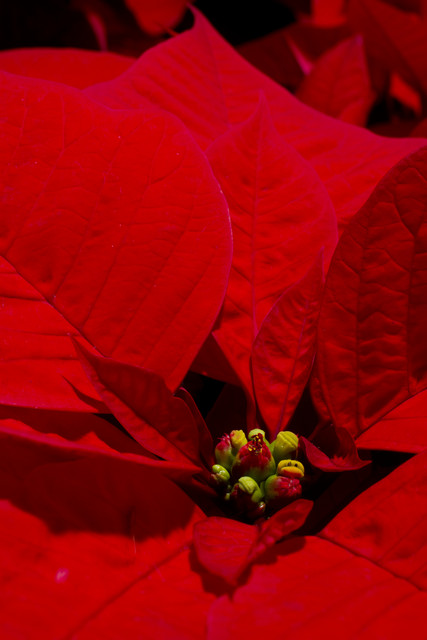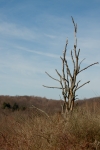Reply to comment
Super-macro Pointsetta
ktuli — Tue, 01/10/2012 - 21:42
At one point while trying out my new lens, I decided to take a series of shots with the different (albeit not all 5) magnification levels provided by the MP-E 65mm lens. In this case, I worked with the central flowering parts of a pointsetta....
Technical Data: Canon EOS 7D, Tokina AT-X M35 Pro DX AF 35mm f/2.8 Macro 1:1, 1/100 sec at f/16. Canon Speedlight 580EX II flash in auto mode and wireless control. ISO 100. RAW processing in Adobe Camera Raw. Phipps Conservatory, Pittsburgh, PA.
No - that photo is not a macro shot - I'm just providing it as a bit of reference. Some folks believe the red leaves (called bracts) are the flowering parts of the pointsetta - that's untrue. Some folks know that and believe that pointsettas simply don't have flowers - that too is untrue. What they actually have are fully male or female flowers (a single plant will have both), and they are contained in a cyathium - a flesh bulb similar to how a fig grows. So in the series below, we start with a 1:1 magnification of the cyathium cluster at the center of the plant, then move progressively to a 5:1 magnification of the (if I am getting my pointsetta anatomy correct) tops of the male flowers with the pollen.
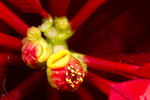 |
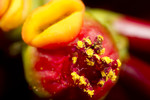 |
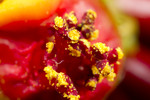 |
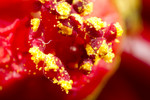 |
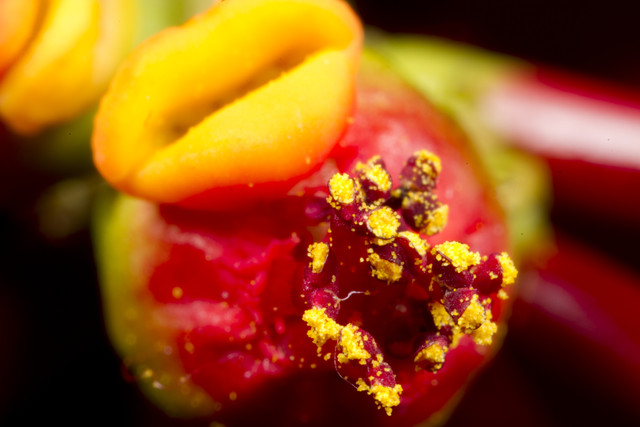 |
|||
Technical Data: Canon EOS 7D, Canon MP-E 65mm f/2.8 1-5x Macro, 1/250 sec at f/16. Canon Macro Twin Lite MT-24EX in ETTL mode. ISO 100. RAW processing in Adobe Camera Raw.
I think when dealing with this level of magnification, it is very easy to lose all sense of what it is you are looking at. Having the entire series of photos going through the magnification levels certainly helps to put things into a bit of perspective and provide some reference points to go on.
I'm really liking this new lens...
- Bill

